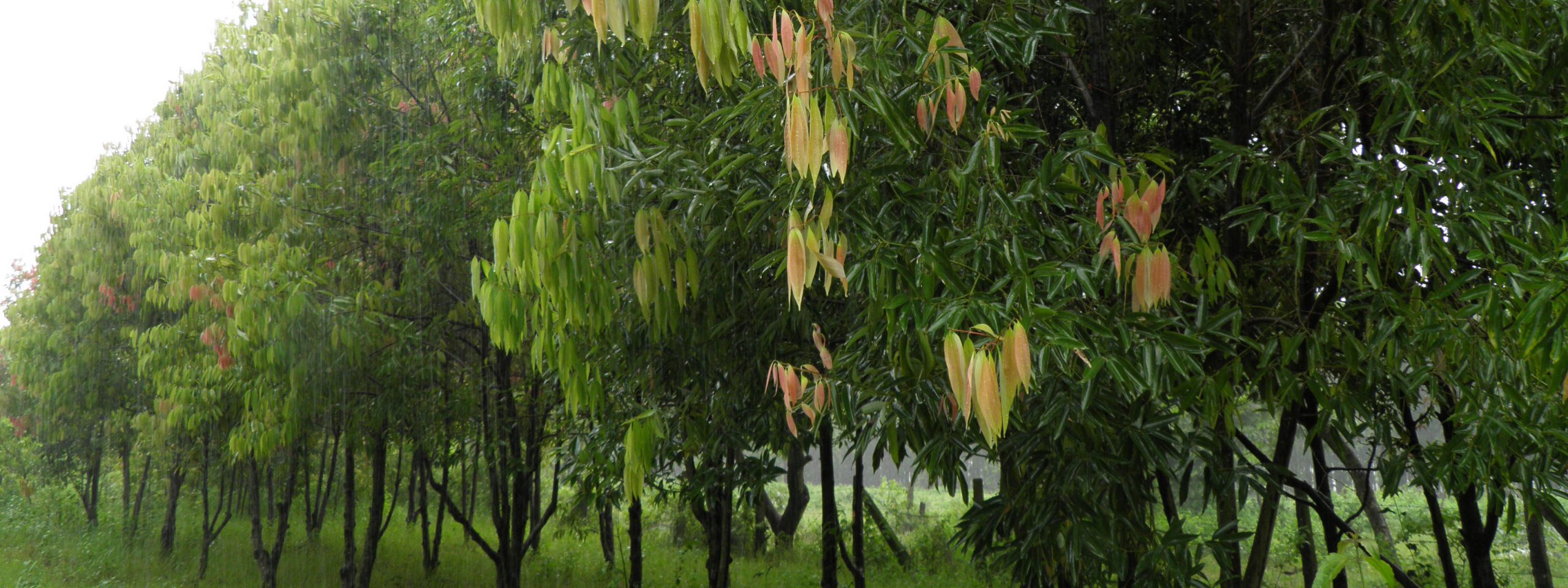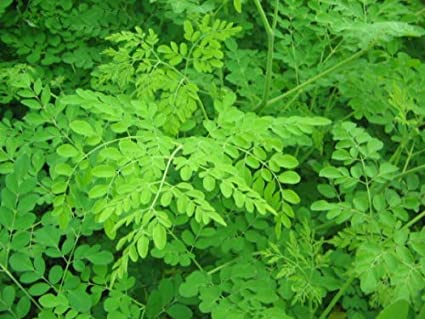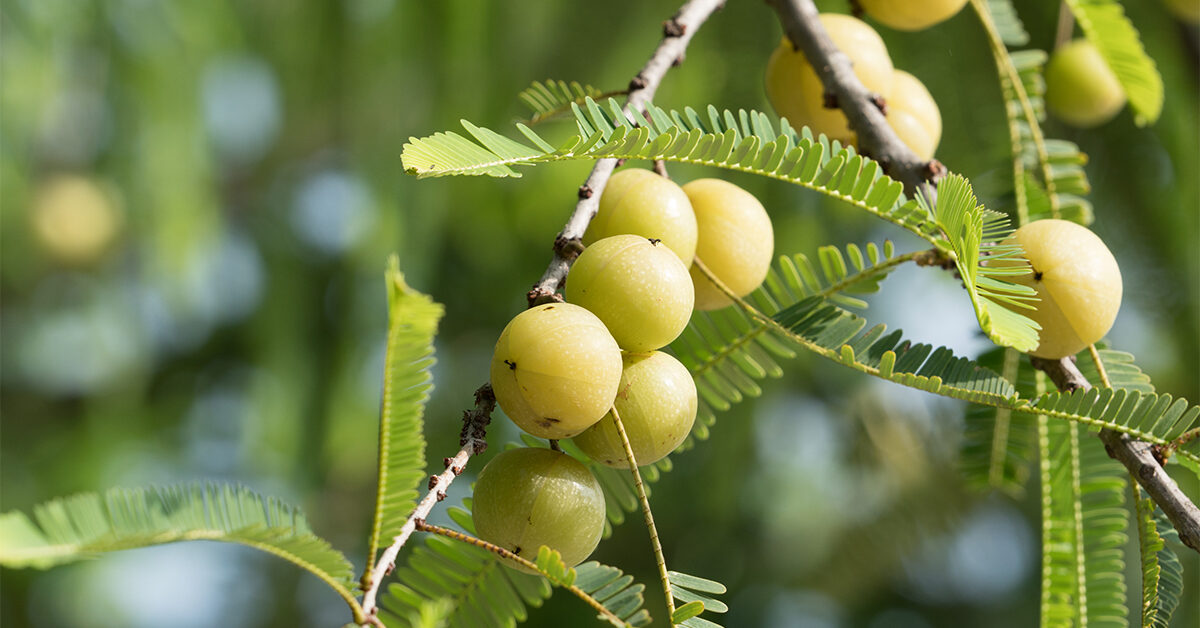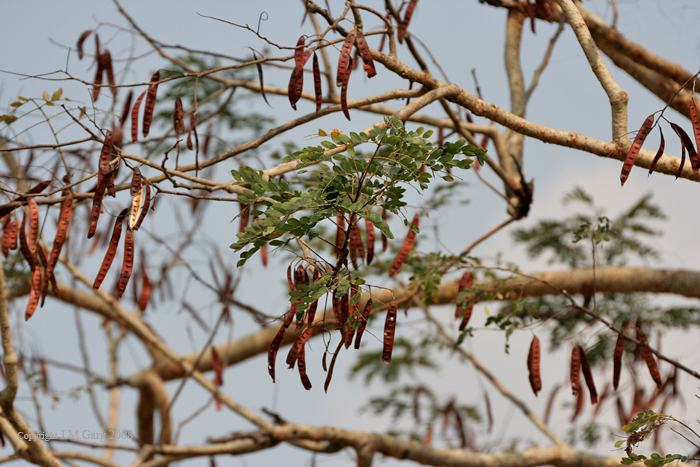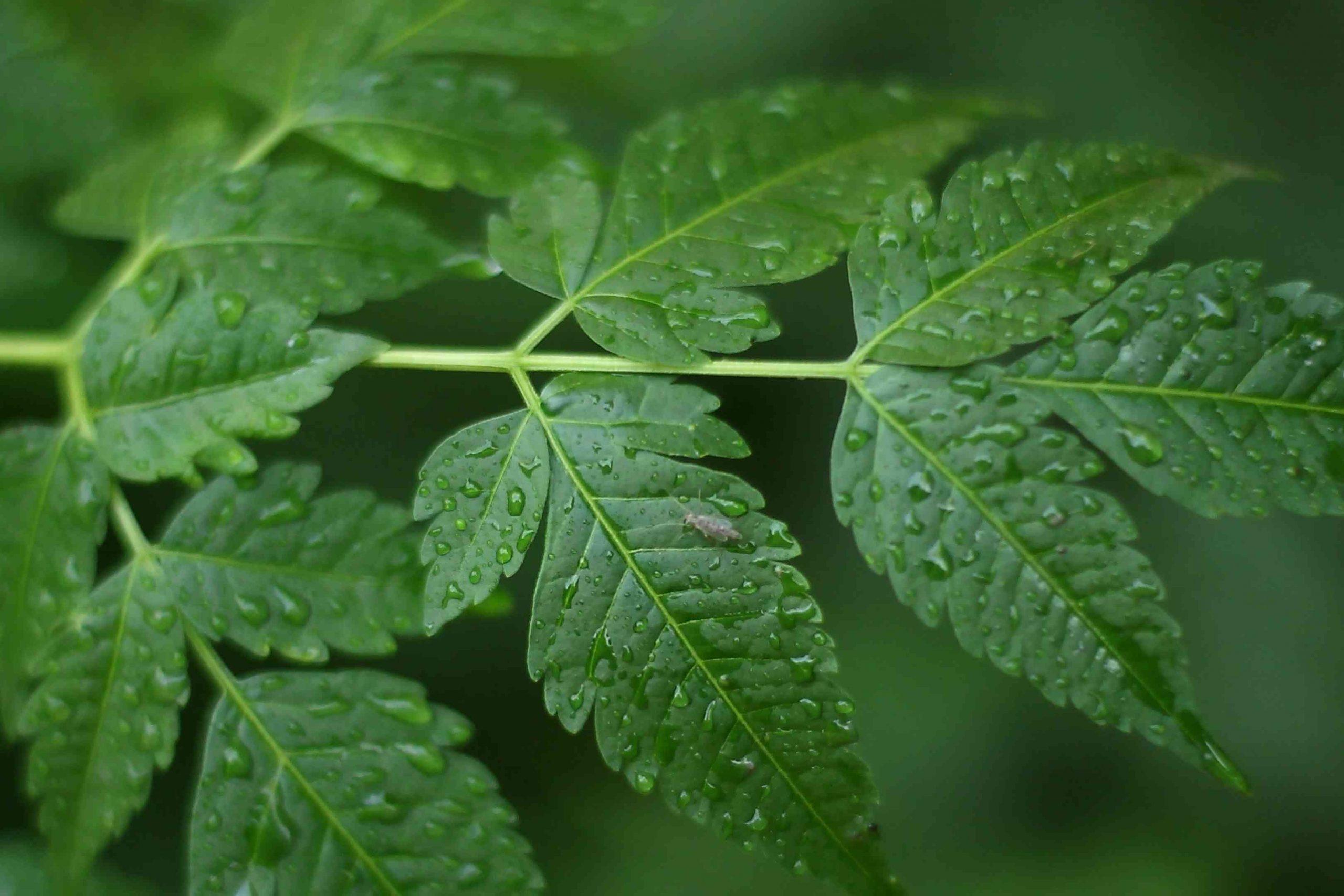Kusum
Schleichera oleosa (Lour.) Oken
English Name: Ceylon oak/ Lac tree
Family: Sapindaceae
Origin and distribution
Kusum is a native of tropical Asian countries and is distributed throughout the foothills of Himalaya. These plants succeed in tropical and subtropical areas, usually al low elevations but sometimes at up to 1,200 metres above sea level. In Nepal, it is reported from 150m to 950m.
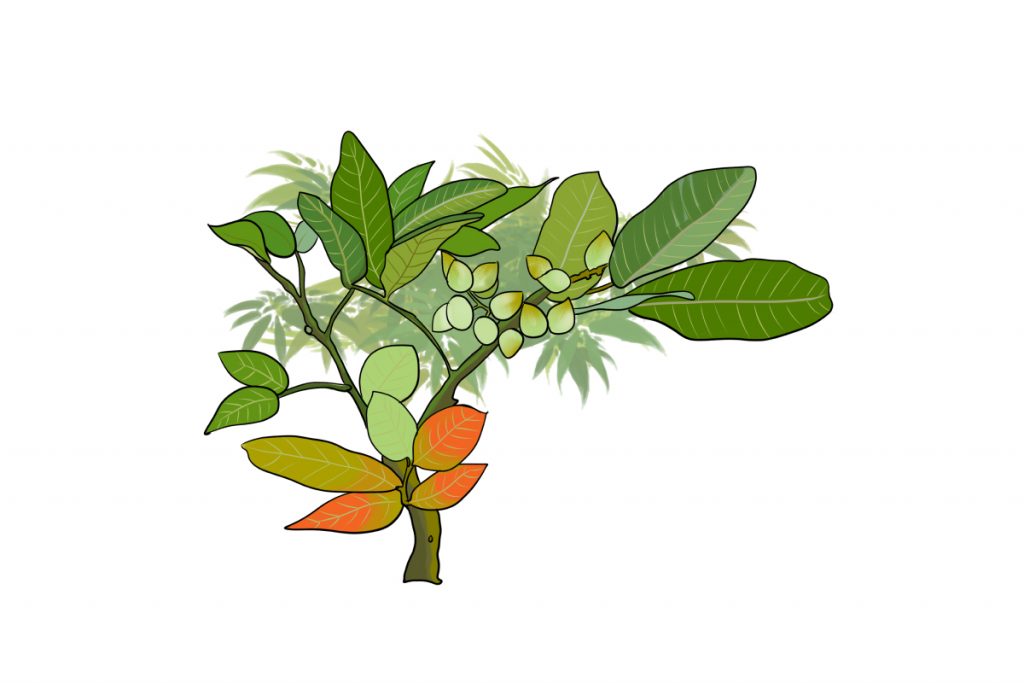
Description
Height at maturity: Kusum tree is a rather slow-growing, briefly deciduous tree that can reach a height of 35 metres. The bole, which is usually crooked and slightly buttressed, can be up to 2 metres in diameter, but is usually less.
Form: Kusum is medium to large size deciduous tree. It is a beautiful tree with a broad, shady crown.
Flower and flowering: Male and female forms need to be grown if fruit and seeds are required. Flowers are tiny, occurring in short dense yellow clusters. The flowers are hardly noticeable. The fruit is about the size of a small plum.
Silvicultural Characteristics
Cultivation: It grows best in areas where annual daytime temperatures are within the range 30 – 42°c, but can tolerate 10 – 47°c. When dormant, the plant can survive temperatures down to about -4°c, but young growth can be severely damaged at -1°c. It prefers a mean annual rainfall in the range 1,200 – 2,300mm, but tolerates 750 – 2,800mm. It also succeeds in full sun and also in light shade.
Soil: Plants are tolerant of a range of soil types, so long as they are well drained, but grow best on deep, rich, acid soils that are rich in organic matter. It grows on rather dry to occasionally swampy locations on various, often rocky, gravelly or loamy, well drained, preferable slightly acid soil. It prefers a pH in the range 5.5 – 6.5, tolerating 5 – 7.8.
Propagation and plantation
Plant propagation is done directly by seed sowing thoroughly prepared soil. It is a fire resistant tree.
Products and uses
Young leaves and shoots – raw, cooked in soups or steamed and served with rice. The ripe fruit is eaten raw. Powdered seeds are applied to wounds and ulcers of cattle to remove maggots. The bark is astringent and is used against leprotic ruptures, skin inflammations and ulcers, while an infusion is taken against malaria. The bark contains about 10% tannin and the analgesic compound lupeo. n traditional medicine, the oil obtained from the seed is applied externally to cure itching, acne, and other skin afflictions. Massaging the oil into the scalp is said to promote the growth of hair lost through baldness.
Urban/Agroforestry uses
Its handsome crown structure makes this species an ideal plant for urban plantation. The plant contains low tannin levels therefore, it can be used as fodder for livestock.
Other readings:
Tropical Plants Database, Ken Fern. tropical.theferns.info. 2021-04-23.
Meshram, N., Ojha, M., Singh, A., Alexander, A., & Sharma, M. (2015). Significance and traditional medicinal properties of Schleichera oleosa. Asian Journal of Pharmaceutical Research, 5(1), 61-64.


